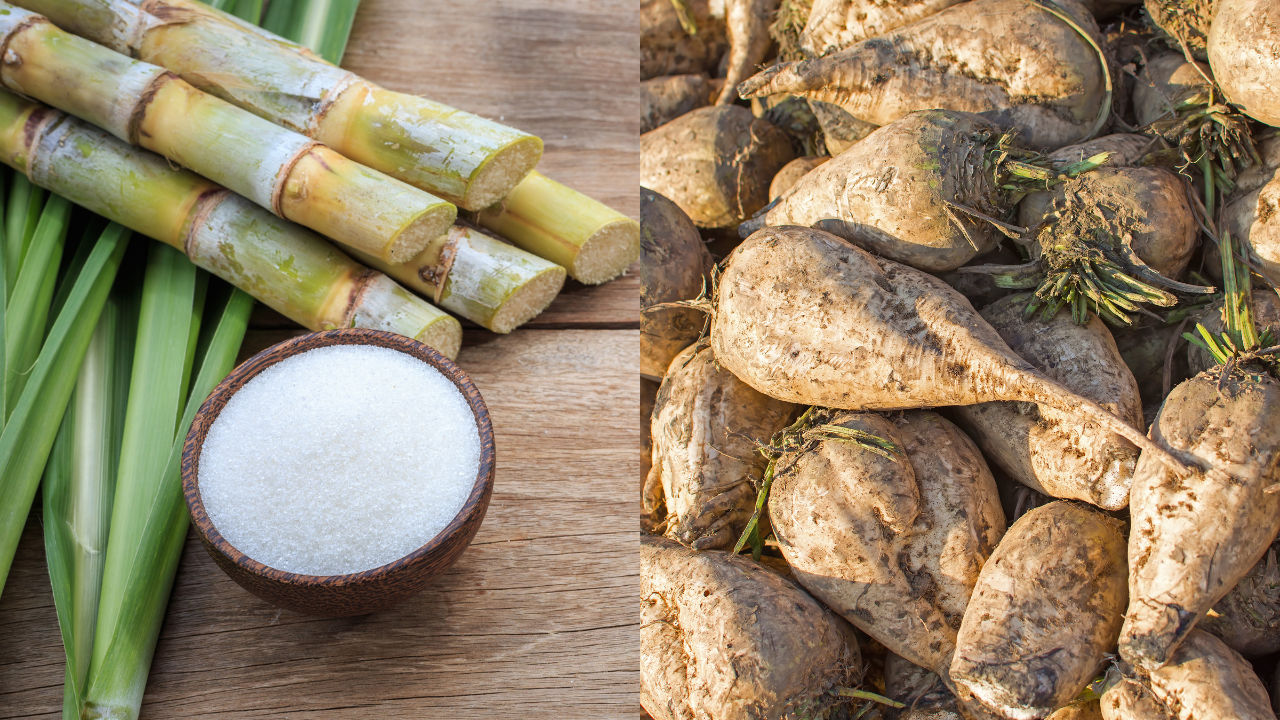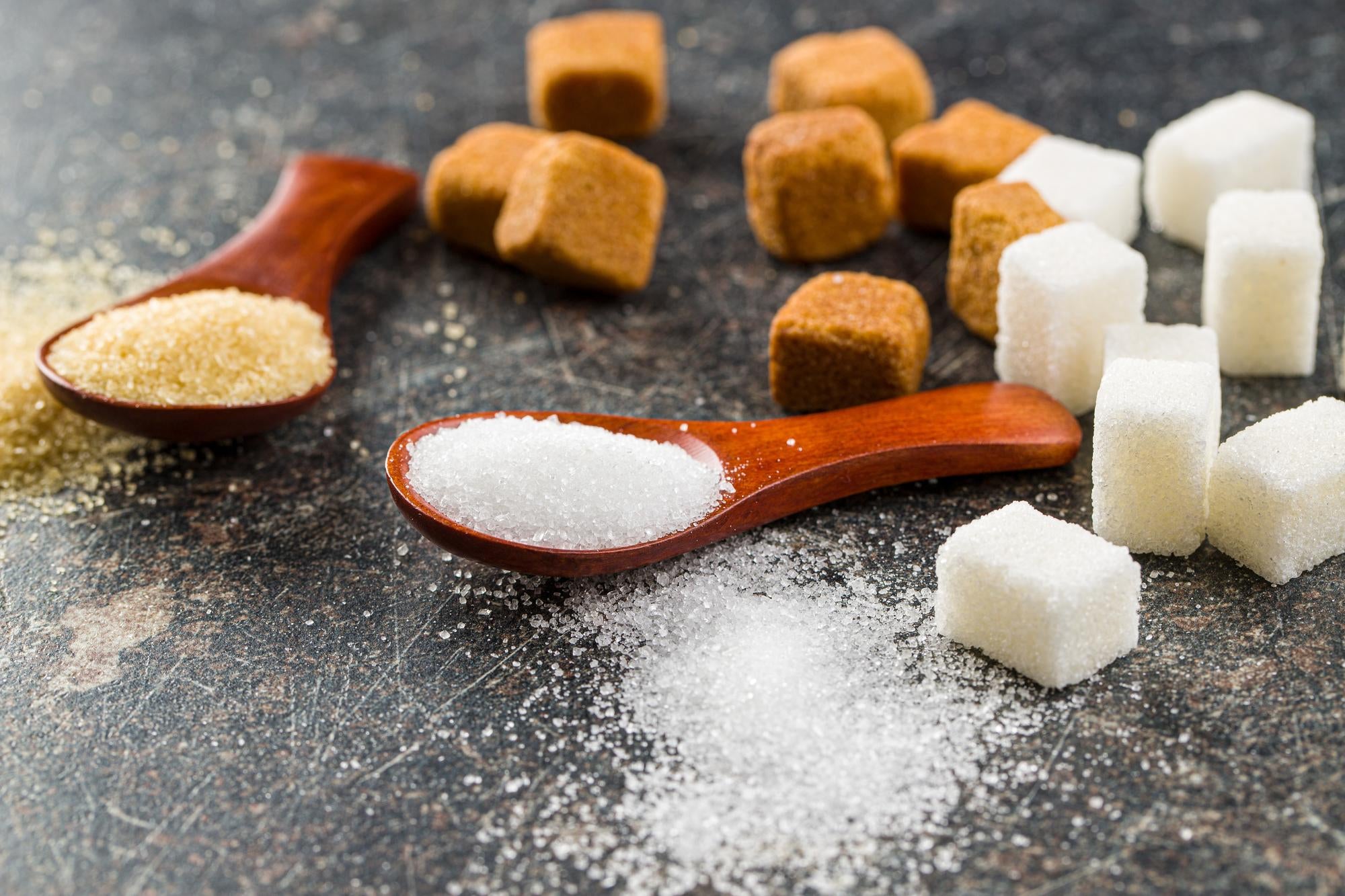Discover the Uses and Advantages of Beet Sugar Vs Cane Sugar in Your Daily Diet
Exploring the unique high qualities of beet and cane sugar exposes even more than simply their sweetening capacities; it highlights their special effects on health and wellness and cookeries. Beet sugar, understood for its subtle flavor, is typically favored in fragile treats, whereas cane sugar, with its hint of molasses, includes splendor to durable meals. Each type holds its own dietary account and glycemic effects, inviting a deeper understanding of their functions in a balanced diet regimen and lasting intake practices.
Beginning and Manufacturing Processes of Beet and Cane Sugar

The distinctive climates and dirt kinds required for growing sugar beetroots and sugarcane add to distinctions in their farming methods and geographic distribution, influencing the economics and sustainability of their production. beet sugar vs cane sugar.
Nutritional Comparison In Between Beet Sugar and Cane Sugar
Regardless of originating from various plants, beet sugar and cane sugar are nutritionally extremely comparable, both primarily containing sucrose. Each supplies about 4 calories per gram, translating to approximately 16 calories per teaspoon. Structurally, both sugars are composed of around 99.95% sucrose, with minimal quantities of other compounds like moisture and trace element, which do not substantially alter their nutritional accounts.

Inevitably, when choosing between beet sugar and cane sugar based upon nutritional material alone, both offer the same advantages and downsides as they are essentially forms of the very same molecule-- sucrose, providing quick power without other nutrients.
Influence On Health: Glycemic Index and Caloric Content
Discovering even more into the results of beet sugar and cane sugar on health and wellness, it is essential to consider their glycemic index and calorie web content. Both sugars are categorized as sucrose, which includes glucose and fructose. This composition leads them to have a similar effect on blood sugar degrees. The glycemic index (GI) of both beet and cane sugar is around Full Article 65, categorizing them as high-GI foods, which can create quick spikes in blood sugar levels. This is a critical element for people managing diabetes or those trying to support their power degrees throughout the day.
Each kind of sugar consists of about 4 calories per gram, making their calorie material matching. For those checking caloric intake, specifically when taking care of weight or metabolic wellness problems, recognizing this equivalence is crucial (beet sugar vs cane sugar). Nevertheless, excessive intake of any type of high-calorie, high-GI food can add to health concerns such as excessive weight, cardiovascular disease, and insulin resistance.
Environmental and Economic Factors To Consider of Sugar Manufacturing
Beyond health impacts, the production of beet and cane sugar also elevates significant environmental and economic issues. Sugar beet growing often tends to call for cooler climates and has a lower geographical footprint compared to sugar cane, which flourishes in tropical areas.
Furthermore, making use of pesticides and plant foods in both beet and cane sugar cultivation can bring about dirt destruction and air pollution, further impacting biodiversity and regional water bodies (beet sugar vs cane sugar). The option in between cultivating sugar beet or cane usually depends upon local ecological conditions and economic variables, making the sustainability of sugar manufacturing an intricate concern
Culinary Applications and Taste Differences
While the ecological and economic facets of sugar production are without a doubt substantial, the selection in between beet and cane sugar also influences cooking applications and flavor accounts. Beet sugar, derived from the sugar beet anonymous plant, is known for its see this here remarkably neutral preference. This makes it a versatile active ingredient in cooking, where it does not change the flavor of other components. It dissolves swiftly and is excellent for usage in cakes, cookies, and pastries.
Walking stick sugar, drawn out from sugarcane, typically preserves molasses traces, which present a distinct splendor and depth. The mild variation in dampness content in between beet and cane sugar can influence the appearance and uniformity of meals, making cane sugar a recommended choice for details recipes that profit from its unique residential or commercial properties.

Conclusion
In verdict, both beet and cane sugar have distinctive origins and production processes, supplying comparable nutritional accounts with mild distinctions in sodium web content and taste. While their effect on health, especially pertaining to glycemic index and calories, is comparable, the choice between them typically boils down to ecological, economic elements, and details culinary requirements. Understanding these elements can direct customers in making notified choices that align with their health and wellness goals and flavor preferences.